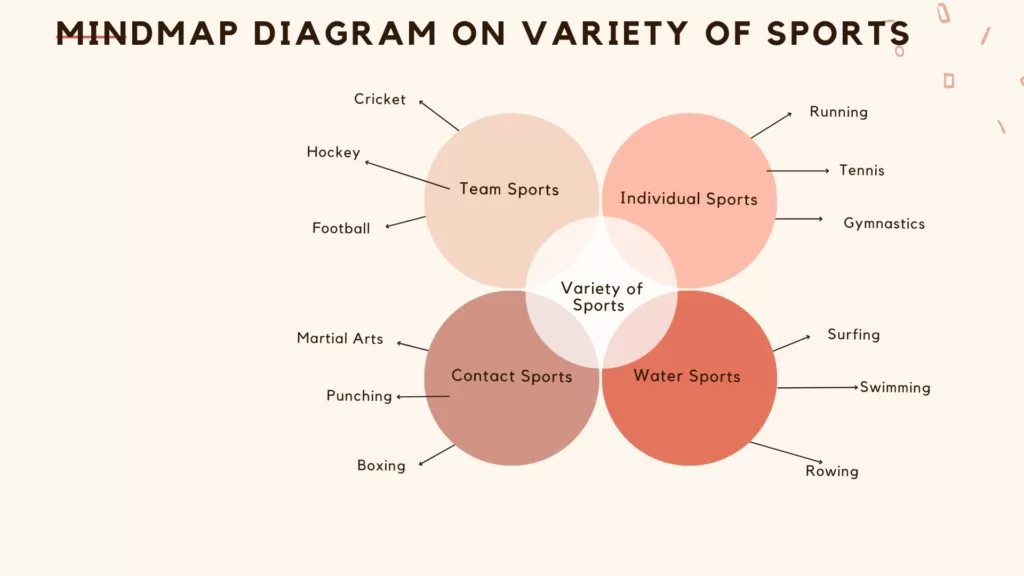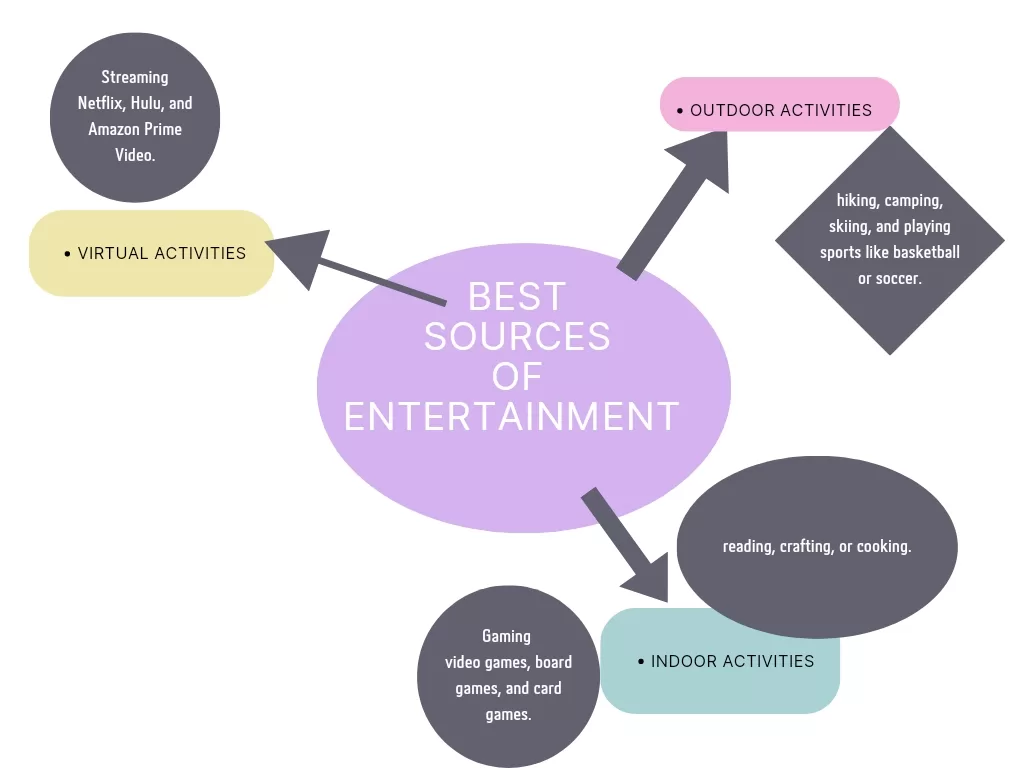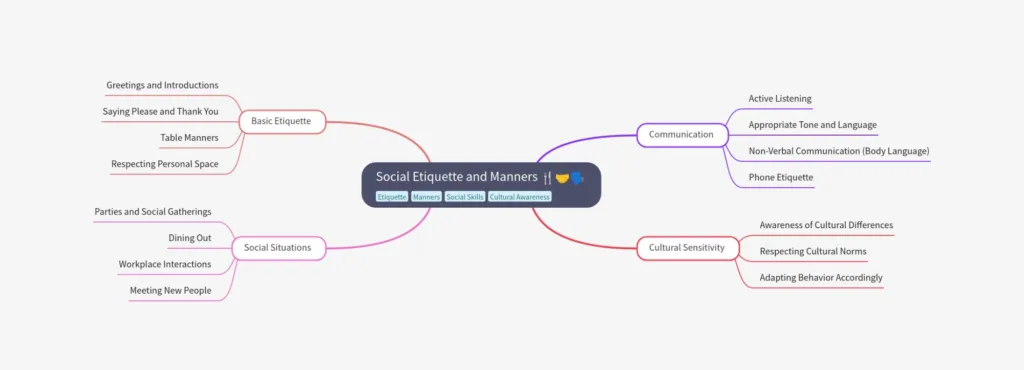What is a mind Mapping?
Mind mapping is a visual technique that helps organize and represent information in a hierarchical and interconnected manner. It’s a graphical way to represent ideas and concepts around a central theme. In a mind map, the central idea is placed in the center, and related topics branch out in a radial fashion. Each branch can have sub-branches, creating a tree-like structure.
Mind maps are often used for brainstorming, note-taking, planning, and organizing thoughts. They provide a clear and visual overview of a topic, making it easier to understand relationships between different pieces of information. Software tools or simple pen-and-paper techniques can be used to create mind maps.
Steps for Creating a Mind Map
Creating a mind map is a simple and flexible process. Here’s a step-by-step guide:
1. Start with a Central Idea
– Write down your main idea or topic in the center of a blank page or digital canvas.
2. Add Primary Branches
– Identify key subtopics related to your central idea and draw branches radiating from the central point for each subtopic.
3. Branch Out with Secondary Ideas
– For each subtopic, add secondary branches to represent more specific details or related concepts.
4. Use Keywords and Images
– Instead of long sentences, use keywords or short phrases to represent ideas. You can also include simple images or icons to make it more visually engaging.
5. Connect Ideas
– Use lines to connect related ideas. This helps illustrate relationships and dependencies between different elements.
6. Color and Visual Elements (not Applicable in exam)
– Use colors to differentiate between branches or to highlight important points. Visual elements can enhance memory and understanding.
7. Keep it Simple
– Avoid overcrowding. Keep the information concise, and don’t use too much text. The goal is to have a clear and easily digestible overview.
8. Review and Revise
– Periodically review your mind map. You can add new information, make connections, or reorganize as needed.
9. Use Software Tools
– There are various online and offline tools specifically designed for creating mind maps. Examples include MindMeister, XMind, or even simple apps like Microsoft OneNote or drawing tools like Microsoft Paint or Adobe Illustrator.
10. Experiment and Have Fun
– Mind mapping is a creative process. Don’t be afraid to experiment with different structures and styles. Find what works best for you.
Whether on paper or digitally, mind mapping is a versatile technique that can be adapted to suit your needs and thinking process.
Mind mapping on Sports and Entertainment
Sports
|
Individual Sports
/ | \
Running Gymnastics Tennis
| | |
Sprinting Artistic Singles
Gymnastics
|
Water Sports
/ | \
Swimming Surfing Rowing
| |
Freestyle Sculling
|
Contact Sports
/ | \
Football Boxing Martial Arts
| |
Tackling Punching/Kicking
|
Team Sports
/ | \
Soccer Basketball Volleyball
| |
Passing Jumping

Best Sources of Entertainment: Mind Map

Soft Skills: Mind Mapping

Social Etiquette and Manners : Mind Map






